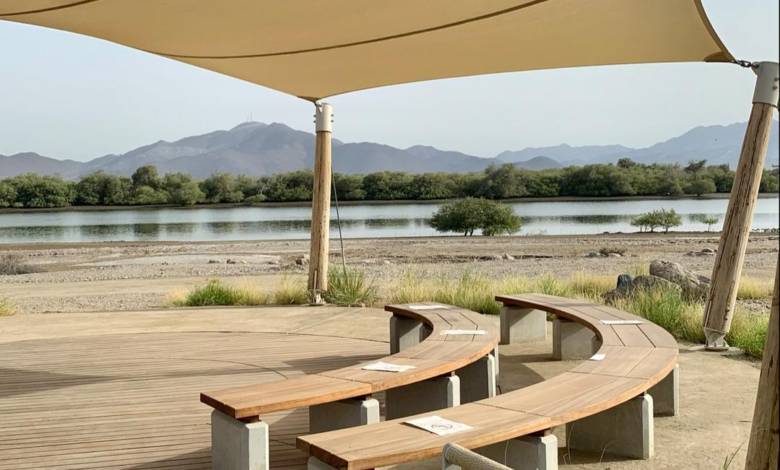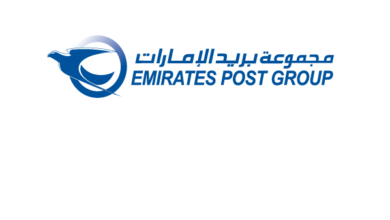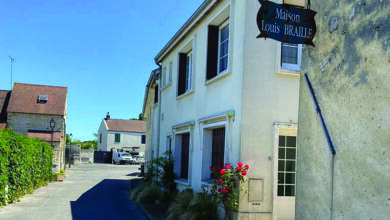International Days of the Year: World Wetlands Day 2 February

Wetlands are a natural solution to the era-defining global threat of climate change. They absorb carbon dioxide so help slow global heating and reduce pollution, hence have often been referred to as the “Kidneys of the Earth”. Peatlands alone store twice as much carbon as all the world’s forests combined. But, when drained and destroyed, wetlands emit vast amounts of carbon.
Wetlands also provide a buffer against the impacts of floods, droughts, hurricanes and tsunamis, and build resilience to climate change.
What are wetlands? They are lands that are wet (for significant periods of time).
Who lives at the wetlands? They are home to some of the richest variety of living things on Earth including amphibians, birds and insects.
There are 7 animals and plants found in wetlands: Flamingo, Greater Spotted Eagle, Kaalba Collard Kingfisher, Wadi Racer, Dhofar Toad, Common Reed, and Socotra Cormorant.
Some reasons wetlands are so important for the environment:
- They provide freshwater supply, food and building materials, and biodiversity
- They help flood control and prevention, and groundwater recharge
- They contribute to human well-being, providing goods and services to generate money for people
- It mitigates the effects of climate change
Today, the UAE has 8 Wetlands of International Importance (also known as, Ramsar sites):
- Al Wathba Wetland Reserve, Abu Dhabi
- Al-Zora Protected Area, Ajman
- Bul Syayeef, Abu Dhabi
- Jebel Ali Wetland Sanctuary, Dubai
- Mangrove and Alhafeya Protected Area in Khor Kalba, Sharjah
- Ras Al Khor Wildlife Sanctuary, Dubai
- Sir Bu Nair Island Protected Area, Sharjah
- Wadi Wurayah National Park, Fujairah
Source of Information:
https://connectwithnature.ae/knowledge-hub/habitat-wetland-0



